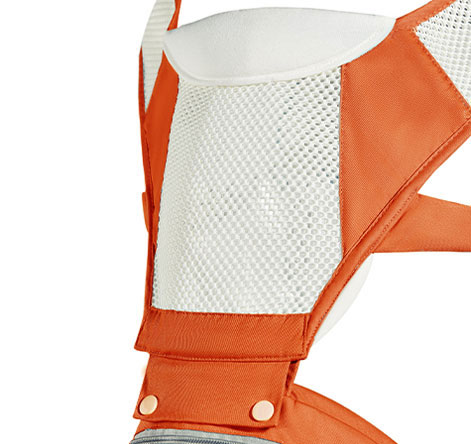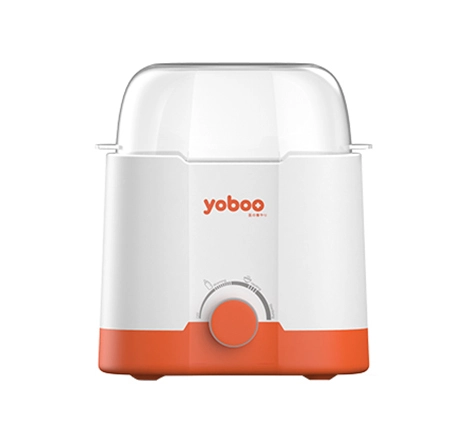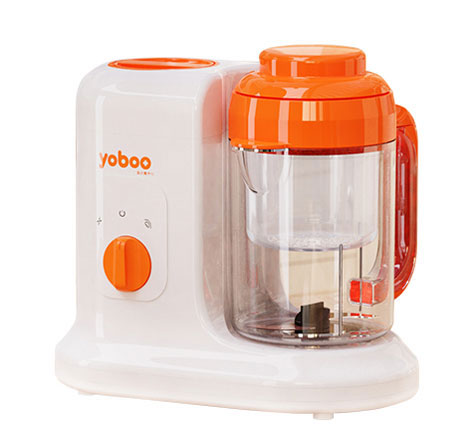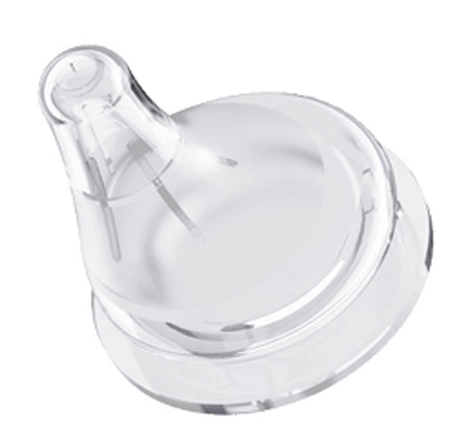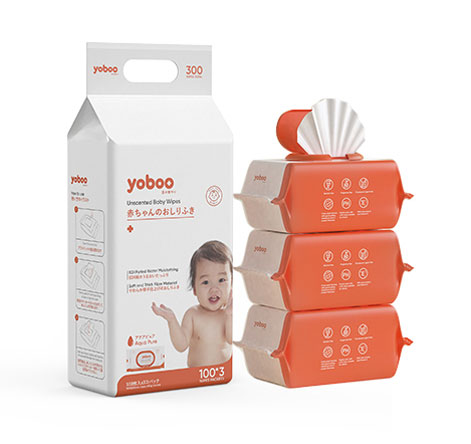Baby wet wipes are specially designed wipes for babies. Compared with adult wipes, wet wipes for newborn have higher requirements because babies have very delicate skin and are easily prone to allergies. Baby wet wipes can be divided into regular wet wipes and hand and mouth wipes. Regular wet wipes for newborn are usually used to clean baby's bottom, while hand and mouth wipes are used to clean baby's mouth and hands.
Ingredients are crucial for the quality of wet wipes. Despite their small size, wet wipes contain various ingredients to achieve moisturizing, nourishing, and disinfecting effects. Different brands of wet wipes have different ingredients, some of which are beneficial for babies, some are neutral, and some may harm babies' skin. Therefore, mothers should not overlook this aspect when purchasing wet wipes. Additionally, expectant mothers are advised to buy small packs of wet wipes for trial use and observe if the baby's skin has any adverse reactions. If the baby shows no adverse reactions to the wet wipes, then it is safe to continue using them.
Ingredients that should not be added to wet wipes for newborn
Alcohol
The main function of alcohol in wet wipes is to kill bacteria. However, alcohol is volatile and can cause the skin to lose moisture after wiping, resulting in a tight and dry feeling that is uncomfortable for the skin. Therefore, it is not suitable for babies.
Fragrance
Fragrance and alcohol are considered irritating ingredients, so the choice of fragrance should be based on consumer preferences. However, the addition of fragrance increases the risk of skin allergies. For baby products, it is best to ensure natural purity. Therefore, many brands of wet wipes now clearly state "alcohol-free and fragrance-free" on their packaging.
Preservatives
The purpose of preservatives is to protect the product from microbial contamination and extend its shelf life and usability. However, improper use of preservatives can cause allergic contact dermatitis. Besides fragrances, preservatives are the second most common cause of skin allergies and skin irritations.
Fluorescent brighteners
Fluorescent brighteners should not be present in wet wipes. If wet wipes contain fluorescent brighteners, they are usually added during the processing of non-woven fabric, which is a harmful ingredient for a baby's skin.
Insufficiently sterilized water
The main ingredient of wet wipes for newborn is water, and this water must be purified through the necessary treatment process. Otherwise, the bacteria in the water will proliferate on the wet wipes, which is harmful to the baby's skin and health.
Functions and materials of wet wipes for newborn
Functions
Baby wet wipes are classified into different types based on their functions. They can be categorized as disinfecting wipes and hand and mouth wipes, which have disinfection and antibacterial functions. The price and comfort of different brands of wet wipes vary, so purchases should be made based on actual needs.
Materials
The cost and price of wet wipes for newborn mainly depend on the non-woven fabric used. Baby wet wipes generally use spunlace non-woven fabric, which can be categorized into parallel-laid and cross-laid network types. Parallel-laid fabric has poor tensile strength and is thin and translucent, making it prone to deformation and fluffing, which can cause discomfort for babies. Cross-laid network fabric, also known as warp-knitting, has stable tensile strength, is thick, and less permeable.








